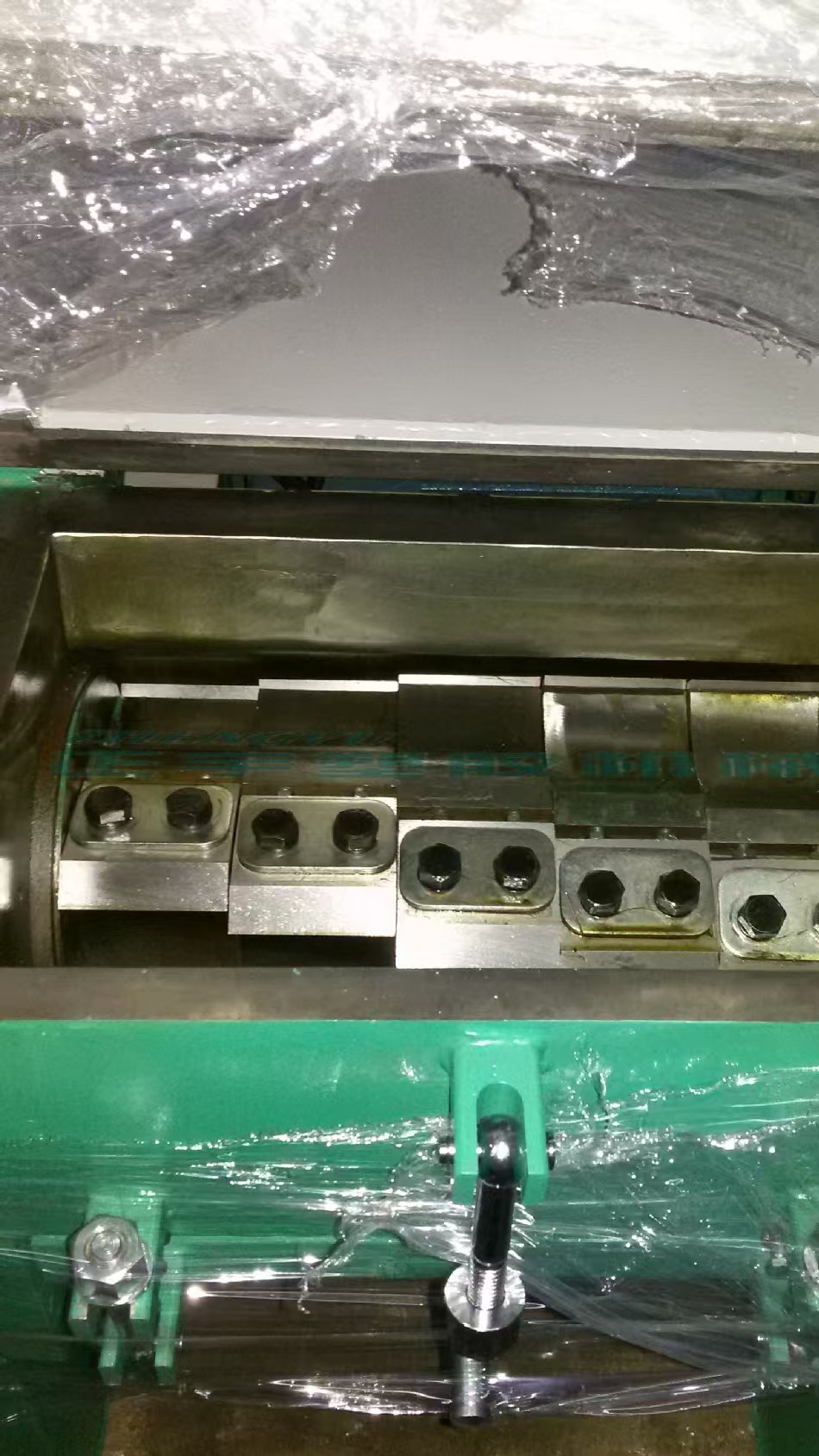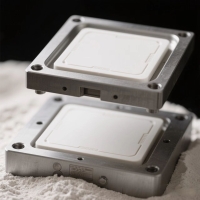Las causas y soluciones de la soldadura deficiente en el moldeo por inyección, las grietas del producto y la deformación del producto
Las causas y soluciones de la soldadura deficiente enmoldura de inyección, grietas del producto y deformación del producto
Molde Co.,Ltd. de Taizhou Jiefeng del coche (jfmoulds.com)
| Defecto del producto | Razones posibles | Solución | |
| Pobre soldadura | 1. La forma del sistema de compuerta es incorrecta, la puerta es pequeña, el corredor es pequeño y la ruta de flujo es larga, la resistencia al flujo del material es grande y la temperatura del material cae rápidamente. 2. La temperatura del material o la temperatura del molde es demasiado baja. 3. El plástico tiene poca fluidez. Cuando se mezclan los materiales fríos, la velocidad de enfriamiento es rápida. 4. Hay humedad o lubricante en el molde, inflación excesiva del material fundido y agente de liberación excesivo. 5. La presión de inyección es demasiado baja o la velocidad de inyección es lenta. 6. La forma del producto es pobre y el grosor de la pared es desigual, lo que hace que el material fundido converja en las áreas de paredes delgadas. 7. Sistema de enfriamiento inadecuado del molde o el escape deficiente. 8. El plástico se mezcla con materiales inmiscibles, aceites o no tiene un desmoldeo adecuado. | 1. Improde el sistema de compuerta, aumente la puerta o el corredor, reduzca la resistencia al flujo y la resistencia al flujo del material y mantenga el rango de temperatura del material. 2. Aumente la temperatura del cilindro de fundición de pegamento y el dado. 3. Para materiales con mala fluidez, evite que se agregen materiales fríos para acelerar el enfriamiento y afectar la velocidad de flujo. 4. Verifique los orificios de escape, seca las paredes internas del dado, o use plásticos, aditivos, etc. de acuerdo con el proceso y los estándares técnicos. 5. Aumente los valores de ajuste de presión y velocidad de inyección. 6. Mejore la forma del producto o aumente el tiempo del ciclo de moldeo por inyección. 7. Verifique el sistema de enfriamiento y la condición de los orificios de escape. 8. Verifique si el plástico está libre de contaminación, limpia la pared del molde y aplique un agente de liberación de moho apropiado para romper el producto. | |
| Crack de producto | 1.The plastic is contaminated, poorly dried or contains volatile substances. 2. A large proportion of plastic and recycled materials mixed together causes excessive directionality of plastic shrinkage or uneven distribution of fillers. 3. Inappropriate demolding design, thin product walls, small demolding slopes, sharp corners and notches, which can easily lead to stress concentration. 4. Improper positioning of the ejector pin or ring, or improper forming conditions, excessive stress, and poor ejection. 5. The temperature of the tool and die is too low or uneven. 6. The injection pressure is too low and the injection speed is too slow. 7. The injection time and holding pressure time Settings are too short. 8. The cooling time is not properly adjusted, either too long or too short. The cooling of the products after demolding or post-treatment is uneven, or the mold release agent is used improperly. | 1.Check whether the plastic is contaminated or adulterated, etc. 2. Strictly control the proportion of plastic recycled materials and waste materials added to ensure that the plastic can be well plasticized. 3. Modify the die design to eliminate small slopes, sharp corners and notches. 4. Adjust and install the ejector pin device to ensure that the ejector pin can smoothly push out the product without any collision. 5. Adjust the temperature of the die and tool to maintain it at normal or increase it. 6. Increase the set values of the injection pressure and speed parameters. 7. Add the setting of parameters for injection time and holding pressure time. 8. According to the specific conditions of the products, adjust the cooling time reasonably and use the mold release agent properly to ensure that the cooling state of the products is uniform after demolding. | |
| Product deformation | 1.Uneven plasticization of plastic, excessive or insufficient feeding and filling. 2. The gate positions are improper, asymmetrical or insufficient in number. 3. The mold strength is insufficient, it is prone to deformation, the precision is not high enough or it is damaged, the positioning is unreliable or the ejection position is improper. 4. The demolding system is poorly designed or improperly installed, resulting in uneven force distribution during demolding. 5. The plastic material temperature is too low, the mold temperature is low, the injection nozzle aperture is small, and the shear stress is large when the injection pressure speed is high. 6. When the material temperature is high, the mold temperature is high, the filling effect is excessive, the holding pressure and feeding are too large, and the injection pressure is high, the residual stress is too large. 7. Uneven thickness of the product, improper parameter adjustment, uneven cooling or uneven shrinkage. 8. The cooling time parameter is set too short, causing deformation of the demolded products. The deformation of the products is not properly treated or stored. 9. Uneven mold temperature, uneven cooling, slow cooling of the thick wall parts, fast cooling of the thin wall parts, or rapid cooling of the protruding parts of the plastic part The concave part cools down slowly. | 1.Adjust the reclining position of the screw to reduce the feeding, lower the injection pressure or increase the pressure 2. Change the gate or control the flow rate at the gate. 3. Inspect or modify the mold or install and correct it to ensure accurate positioning, good precision and appropriate ejection position. 4. The design can be modified or reinstalled and debugged to ensure uniform force distribution when the product is demolded. 5. Increase the temperature of the melt cylinder and the mold, and reduce the injection pressure and speed to prevent excessive shear stress. 6. Reduce the temperature of the melt cylinder and the mold, decrease the injection pressure and hold pressure for feeding to prevent excessive residual stress. 7. Check whether the mold is heated evenly, or modify the mold to make its thickness uniform, or adjust the parameters reasonably to make the shrinkage uniform. 8. Increase the setting value of the cooling time parameter, adjust other parameters, strengthen the post-treatment process and ensure reasonable storage and stacking to avoid external factors Deformed by force. 9. Adjust the mold cooling system to control and evenly distribute the mold temperature, avoiding uneven cooling causing uneven temperature, uneven shrinkage and deformation of the plastic part. |
Molde Co.,Ltd. de Taizhou Jiefeng de Mould_Taizhou de la materia (jfmoulds.com)

Información relacionada
Diseño especial de moho
2025-07-24
Diseño especial de molde1 Molde apilado El molde apilado produce simultáneamente inyección ...
Tecnología de puerta de moho de inyección
2025-07-23
Inyection Mold Gate Technologygating Systemauto Mould_taizhou Jiefeng Mold Co., ...
Moldes de inyección: la piedra angular de la fabricación de precisión y nuevas tendencias en el desarrollo de la industria
2025-07-08
Moldes de inyección: la piedra angular de la fabricación de precisión y nuevas tendencias en...
Los tipos de fundición de moldes de dos placas
2025-07-22
Los tipos de fundición de moldes de dos placas 1.1 Piezas moldeadas por inyección sin sobrecarga ...
Moho multi-componente
2025-07-25
Moldina multi-componente Moldado de inyección de múltiples componentes (también conocido como multi-Co ...
Moldes de inyección: el "gen industrial" escondido detrás de todo
2025-07-12
Moldes de inyección: el "gen industrial" escondido detrás de todo cuando nuestro fing...





